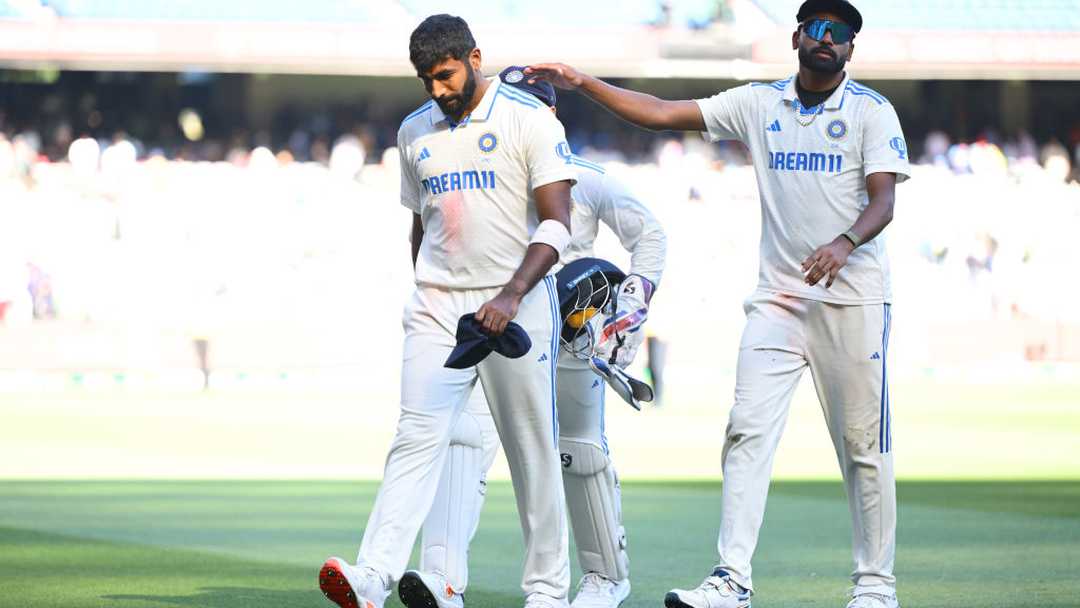
India's Old Balance Bugbear Now Has a Workload Twist
India's old nemesis, the lower-order difference, surfaced again in the third day of the Headingley Test. Despite Jasprit Bumrah's brilliance, the rest of the attack couldn't come close to his high water mark on a track that offered little.
The Fragility of India's Lower Order
Since 2018, India's Nos. 8 to 11 average just 11.96 in SENA countries, only Sri Lanka and Bangladesh fare worse. Shardul Thakur's dismissal symbolised the fragility India have long tried to patch over. Thakur, who has shown he can bat a bit, offers a sliver of resistance as the batting ability falls off a cliff behind Ravindra Jadeja at No.7.
The Conundrum of Selecting Four Seamers
India have seven frontline quicks on this tour to pick from. Thakur may not be the fourth-best bowler among them, but he is the only one who can currently be trusted to bat at No.8. The fear of fielding four No.11s has often dictated India's hand.
The Trouble with Thakur's Selection
Thakur was used for just six overs out of the 100.4 that India sent down. In a five-man attack, one bowler is likely to be under-bowled, but India's split of 25, 27, 20, 23 and 6 overs respectively stacks up unfavourably compared to England's more even spread.
The Burden on Bumrah and Siraj
The burden fell, as it so often does, on Bumrah and Mohammed Siraj. Together, they bowled 52 overs. That's more than half the load between just two bowlers in a five-man attack. In a five-match series, the skewed distribution of overs can become a massive factor.
The Risk of Overworked Bowlers
Overworked bowlers are more prone to mistakes. It is perhaps what cost a fatigued Bumrah those three no-balls. It could also be a small factor in why India couldn't close out England's innings faster.
The Need for Better Resource Deployment
India will have to figure out how to deploy their resources better. They've picked right, but by not using right, they risk compounding old travel troubles with fresh complications.


